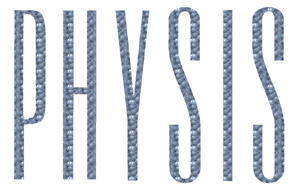Abstract
This article seeks to characterize people who attend different spaces of participation in Brazil. For this, a study of descriptive statistics was carried out, using data from a larger survey, the National Health Survey (NHS), which had 64,348 respondents. The data were analyzed according to the frequency of participation divided into four blocks of participatory activities: sex, education, income and marital status of the participants. The results showed that the highest frequency of participation was in religious events and cults (69.7%), followed by artistic and sports activities in groups (26.2%), then by meetings of associations of residents or employees, community movements, academic or similar centers (16.1%) and, finally, in unpaid voluntary work (12.1%). It was observed that women had a more intense participation in cults and religious activities (76.4%), while men participated more in artistic and cultural activities (33.5%). As for income and education, the study showed that the higher these two categories were, the higher the frequency of participation. It is evident, from a political and democratic point of view, that participation in Brazil is scarce and marked by elitism.
Keywords:
Social participation; Civil society; Social actors.
